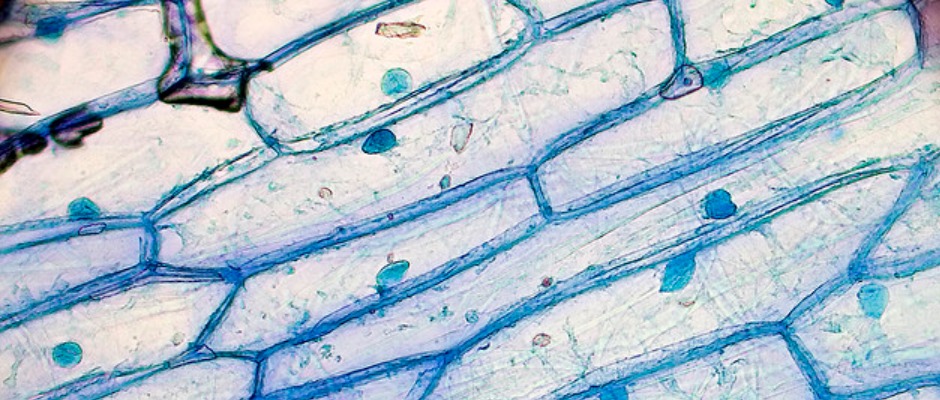Did you know that there are 60-90 trillion cells in the human body? Cells are the basic building blocks of all living things, including plants and animals. Each microscopic cell is composed of smaller structures called organelles that each perform specific functions.

The cell membrane encases the cell and provides a supportive and protective barrier between the cell and its environment. The cell membrane is also responsible for allowing oxygen, food, and other essential materials to enter the cell, while ensuring that waste products, such as carbon dioxide, can exit the cell.
The nucleus is the control center of the cell, and coordinates all cell activities. The genetic material of the cell, DNA, is stored within the nucleus. DNA is like a recipe book for making all of the proteins that are essential for life. Cells also contain an endoplasmic reticulum, ribosomes, and a golgi apparatus, which work together to produce, modify, and package proteins for transport out of the cell.
Because cells are extremely busy performing all the functions that are vital to the life of the an organism, they need to produce energy. In animal cells, which are found in humans as well as animals, mitochondria break down sugar molecules to produce energy in a form that is usable to the cell through a process called cellular respiration. In plant cells, the task of energy production is completed by chloroplasts, which produce usable energy from sunlight through a process called photosynthesis.
In addition to containing chloroplasts instead of mitochondria, plants cells are different from animal cells because they possess a strong, sturdy cell wall that provides extra support. The cell wall allows plants, such as the largest tree in the world, a 379-foot-tall redwood tree located in California’s Redwood National Park, to grow tall. Without cells, all forms of life, from the tallest tree to the smallest insect, could not exist. Indeed, all life depends on cells, the amazing microscopic building blocks of the living world!
Image Credit: Umberto Salvagnin
– Original by Lauryn G., Edited by Julia Ferragamo





